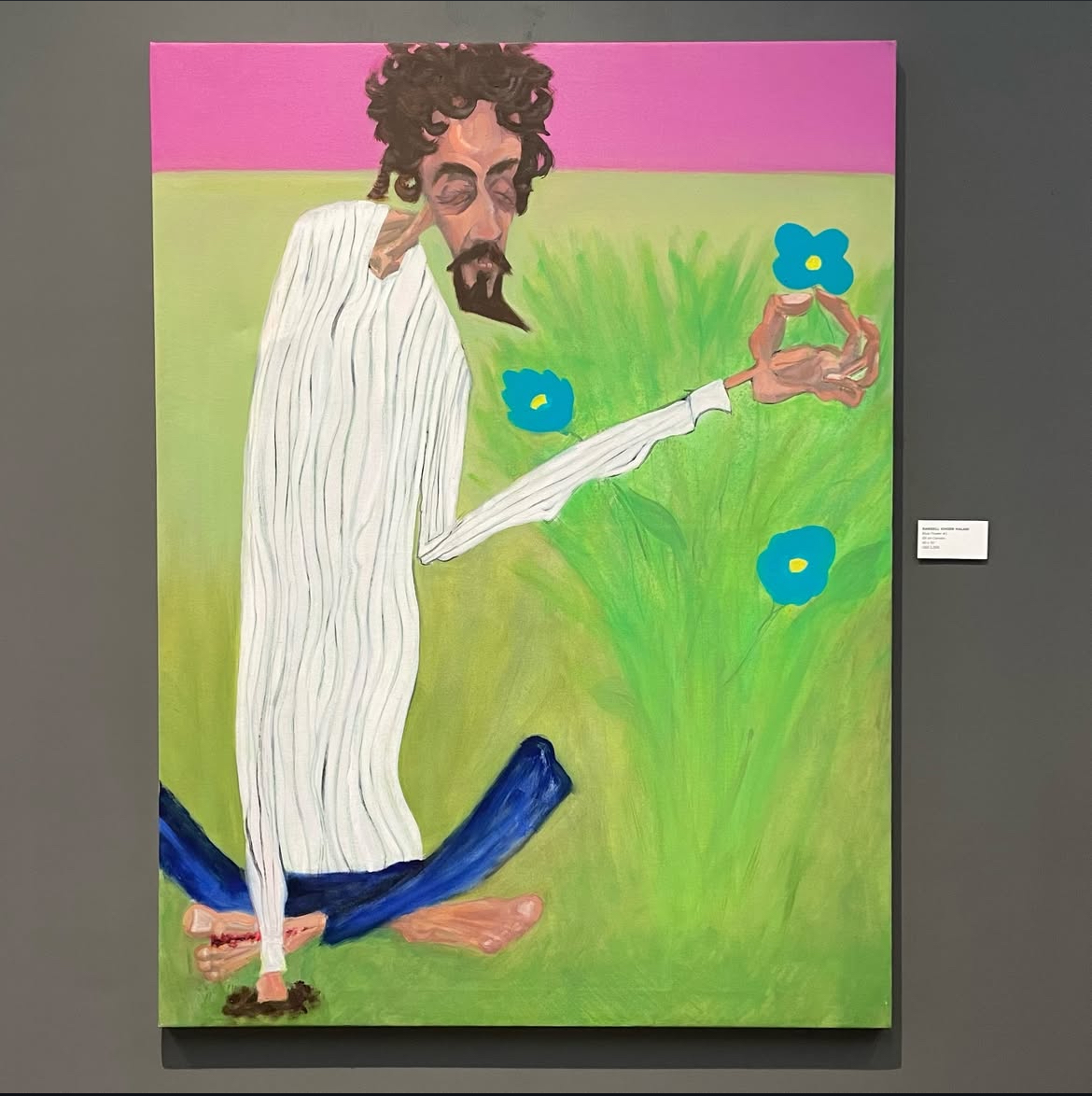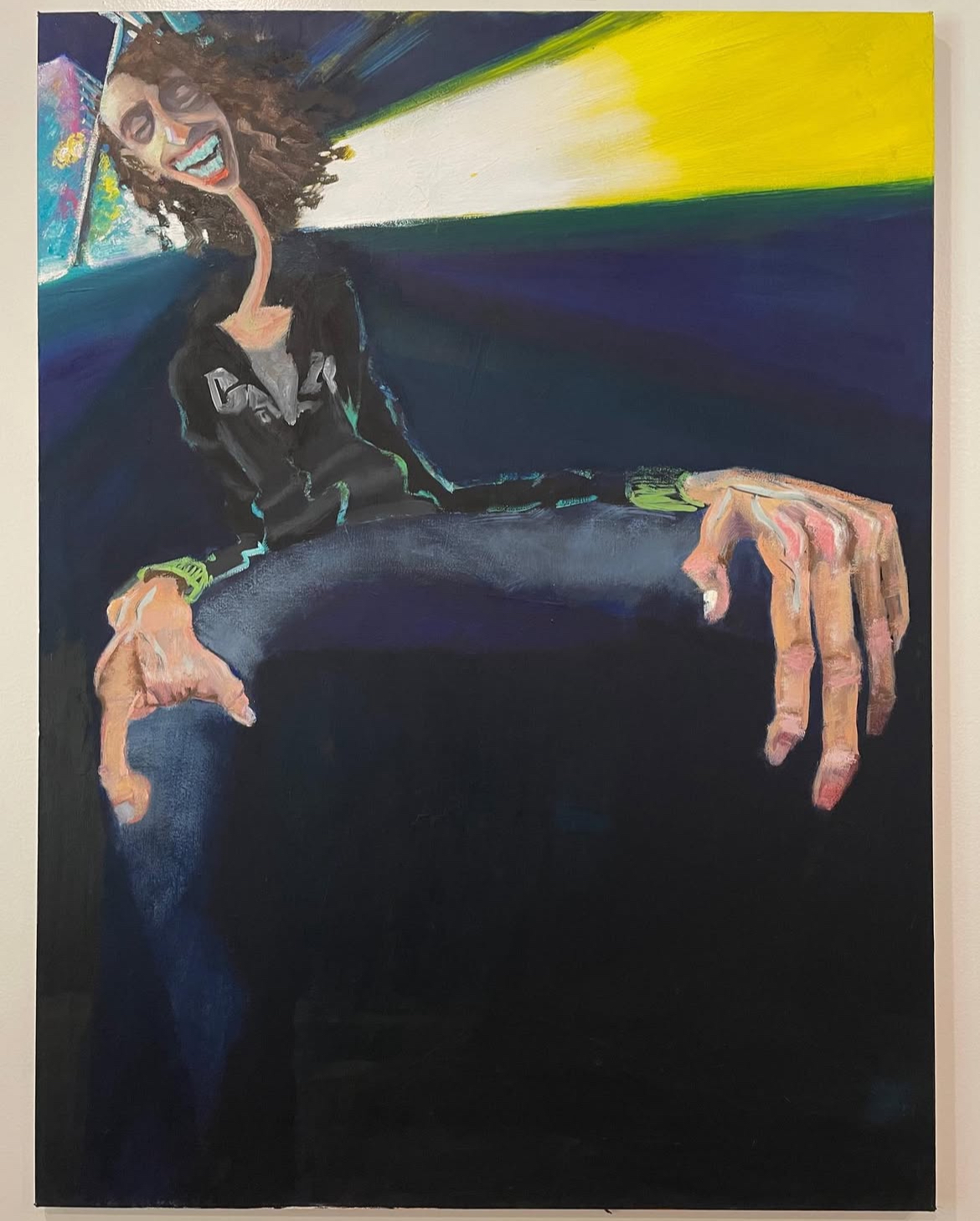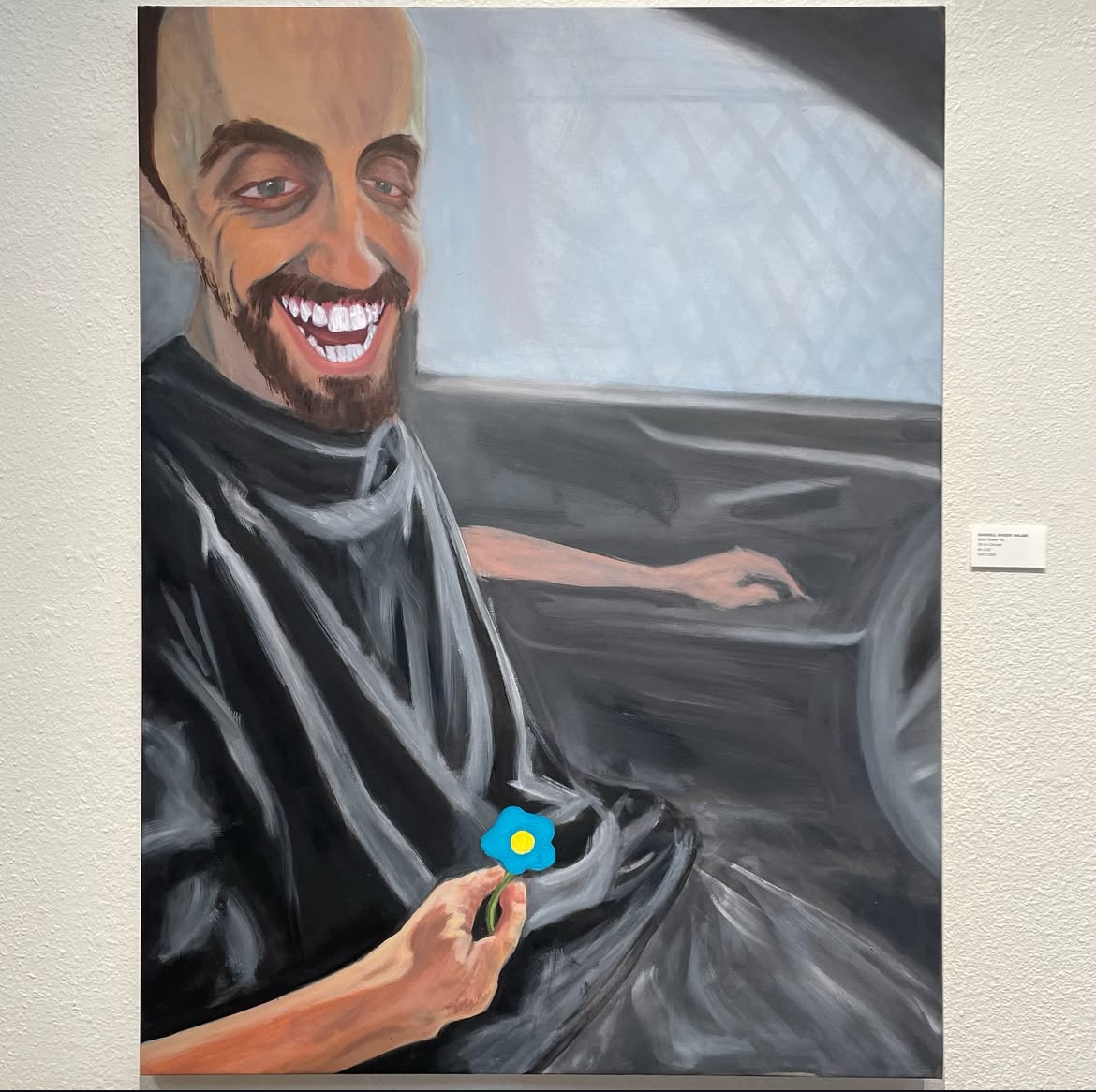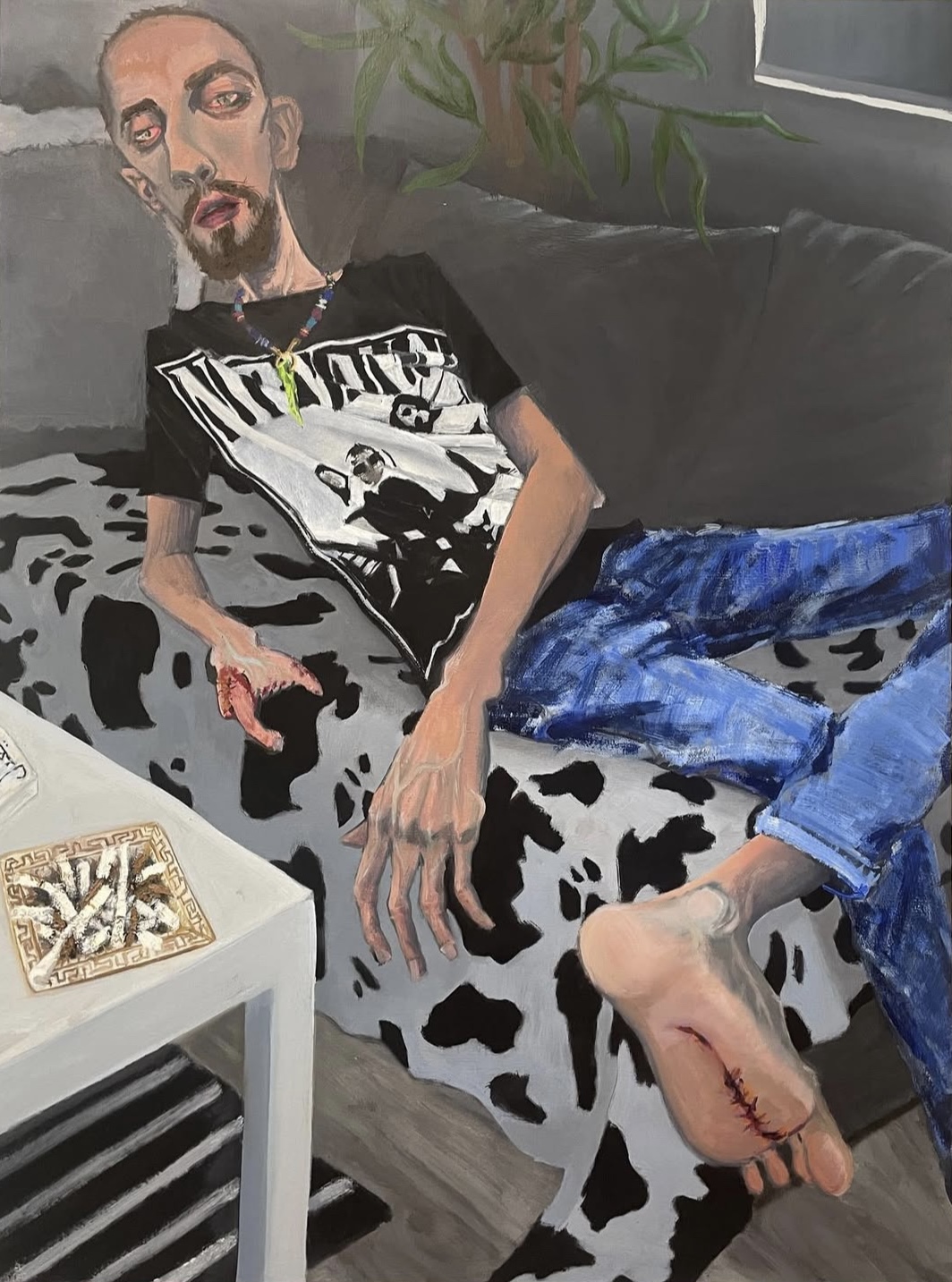Alright – so today we’ve got the honor of introducing you to Randell Halabi. We think you’ll enjoy our conversation, we’ve shared it below.
Randell, thanks for joining us, excited to have you contributing your stories and insights. How did you learn to do what you do? Knowing what you know now, what could you have done to speed up your learning process? What skills do you think were most essential? What obstacles stood in the way of learning more?
I grew up in a family where art was encouraged and my parents collected art. Their collection comprised of original paintings and prints by artists from all over the world with styles blending global cultures. The paintings especially, varying from figurative to abstract, inspired me deeply. That environment allowed me to focus on being an artist from an early age. I began building fundamental skills by practicing drawing on my own and taking drawing classes after school. In addition to that I benefited from the library we had at home which gave me access to art history books that informed my practice.
Knowing what I know now, I could have sped up my learning process had I put more time into drawing instead of getting distracted and straying into different mediums such as spray painting. Drawing is by far the most essential skill to learn and the foundation of all art. The main obstacle that I faced and that most young artists face, is the abundance of distractions and temptations that disrupt your focus and delay your progress.

Awesome – so before we get into the rest of our questions, can you briefly introduce yourself to our readers.
I was born in Beirut, Lebanon in 1996, with a deformed right hand. This disability made me hyper aware of my self and my body and ignited my interest in the human figure from a very young age. Growing up in a household that encouraged and collected art, I targeted a career as an artist since I was a child. After graduating high-school I attended Academy of Art University in San Francisco.
After earning my BFA I began exhibiting in Los Angeles and Lebanon, focusing on painting self portraits. This allowed me to reclaim agency over how my body is seen. By sharing my lived experience and exposing my vulnerability, I combat sanitized narratives and medicalized views of life and worth.
My self portraits serve as artistic resistance against inequality and ableism. They challenge medical, political, and cultural systems that seek to dehumanize marginalized people.
Through my work, I intend to emphasize disability as an essential aspect of human diversity, promote equality for all marginalized people whose bodies are controlled, discriminated against, and violated, and expand the visual language of painting to include more diverse, uncensored perspectives rooted in reality.

What do you find most rewarding about being a creative?
The most rewarding aspect of being an artist is the community that you join and build with your work. Making art and sharing it with people creates bonds between you and the viewers and between all those who follow your work. It introduces you to other creatives and supporters of art which infinitely expands your perspective in life and exposes you to experiences that would be out of reach otherwise. Communities and cultures are built with art and it is a privilege to be able to add to that and create something that contributes to the human spirit.

Can you share a story from your journey that illustrates your resilience?
I moved to Los Angeles as soon as I turned 18, in a rush to pursue a career as an artist. For a decade I studied and painted and presented my work every chance that I had. For a decade I faced rejection after rejection. I never took it personally, I never lost sight of my vision, and I never got demoralized. Every obstacle was a sign that I needed to work harder, study more, and create better work. The more time passed the more dedicated I became, and when the opportunity finally arrived, I was ready. Now I am proud to say I have exhibited in museums and galleries in Los Angeles and Lebanon. More importantly, these exhibitions have opened me up to a community of artists, supporters and mentors that have enriched my life beyond anything I could have imagined when I first began my journey.
Contact Info:



